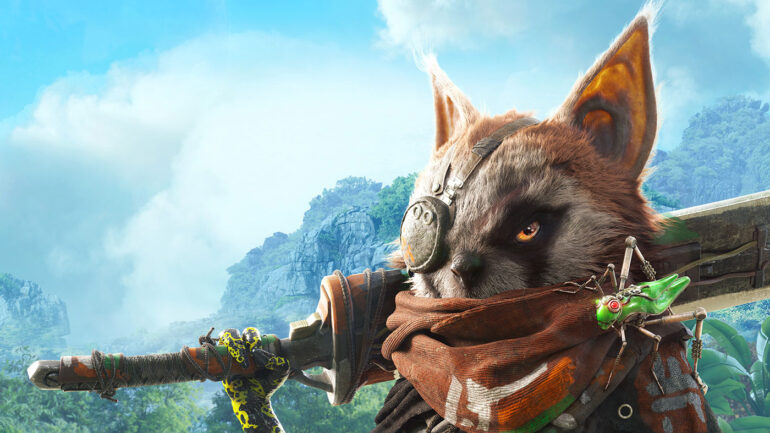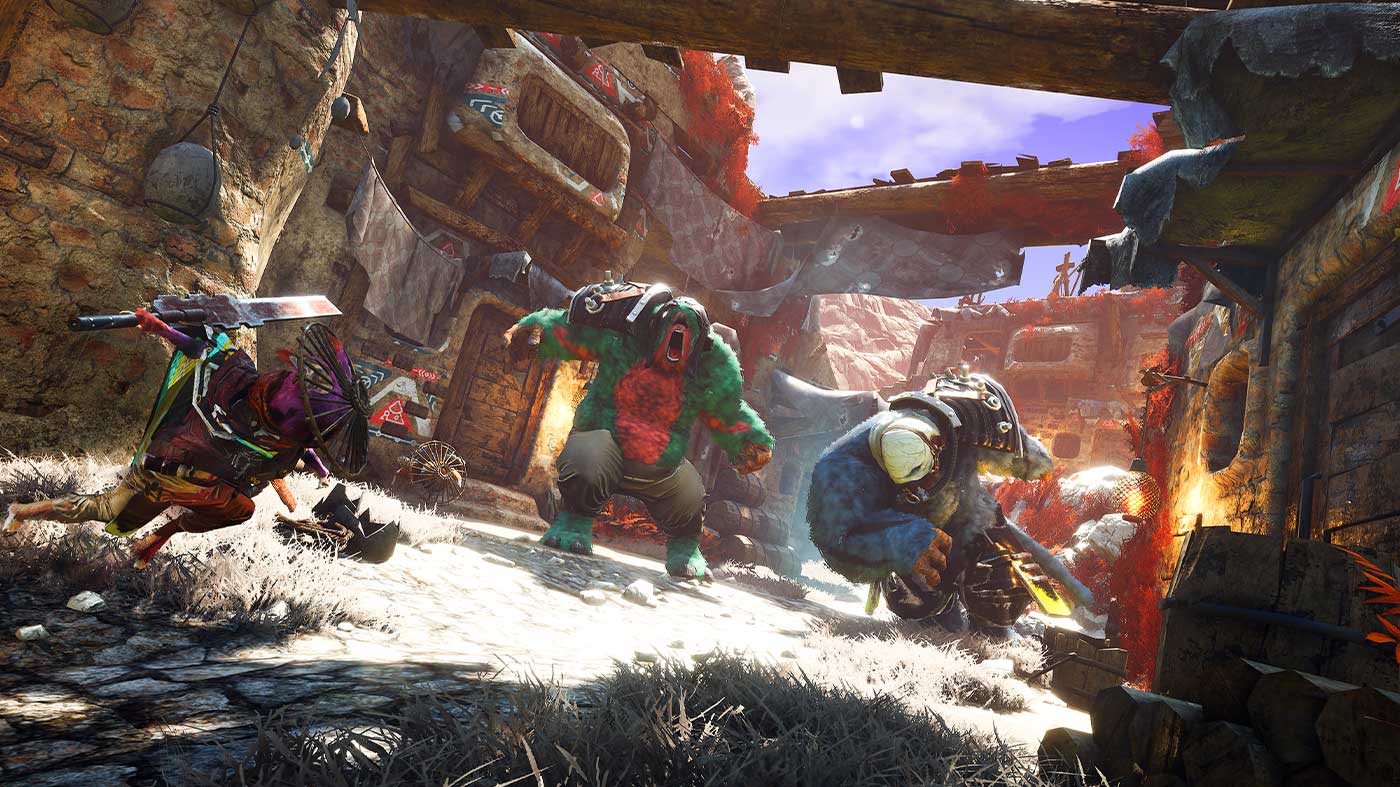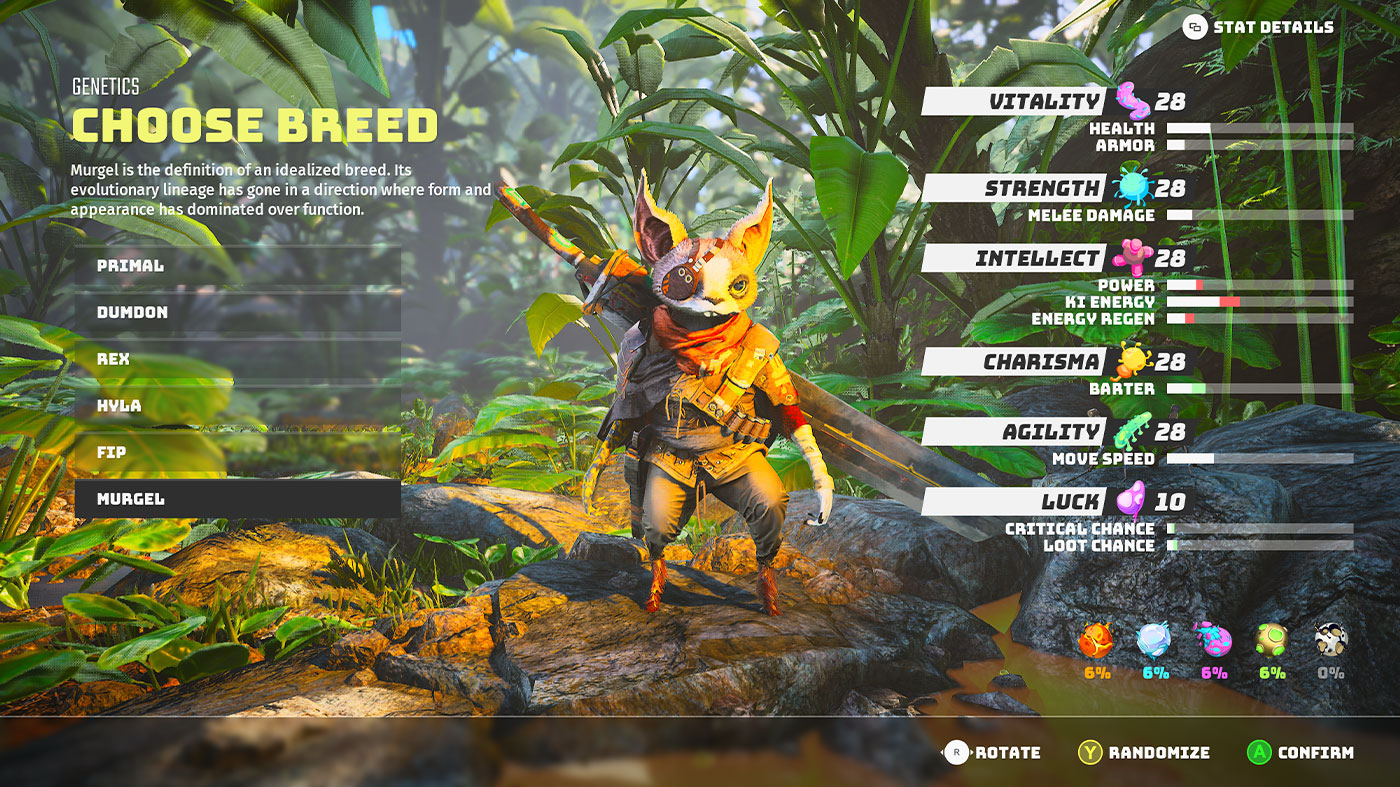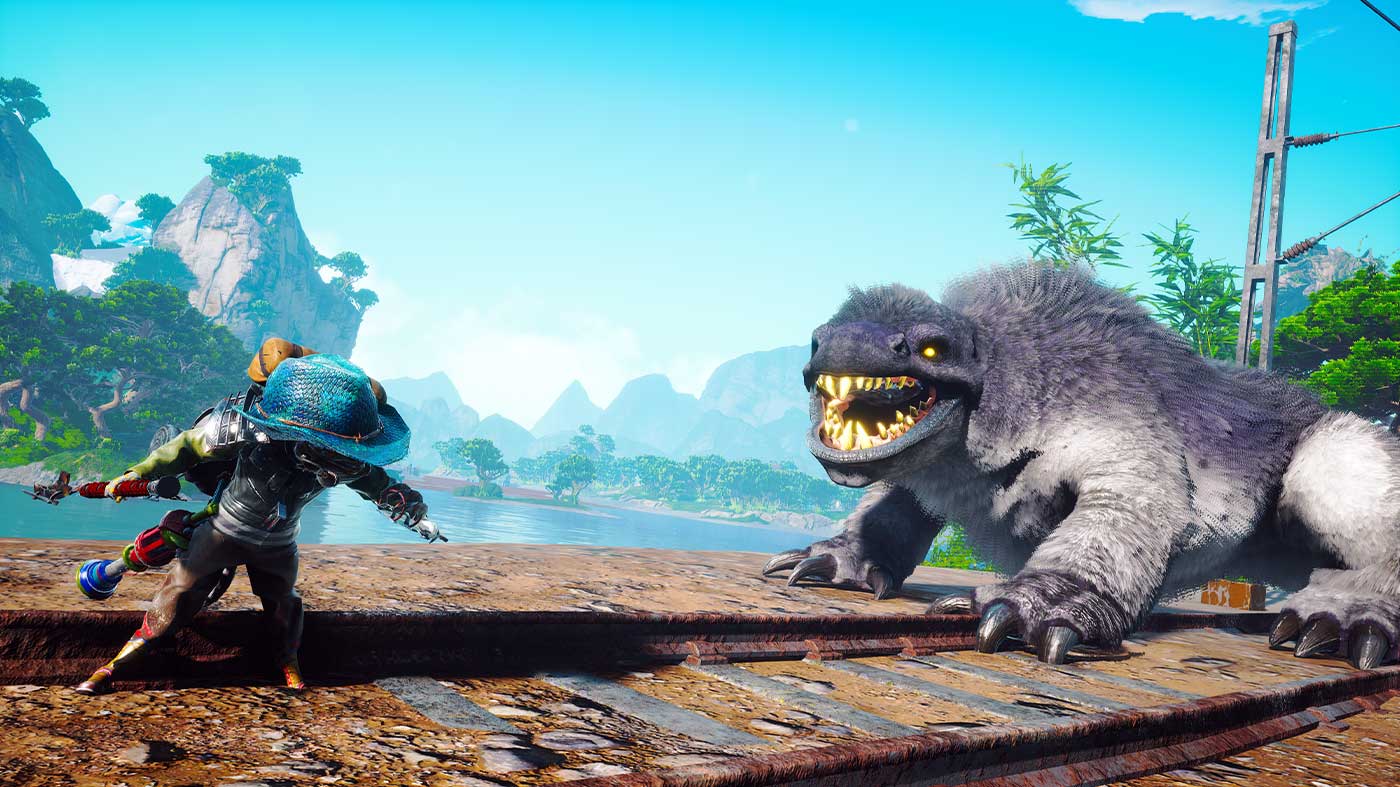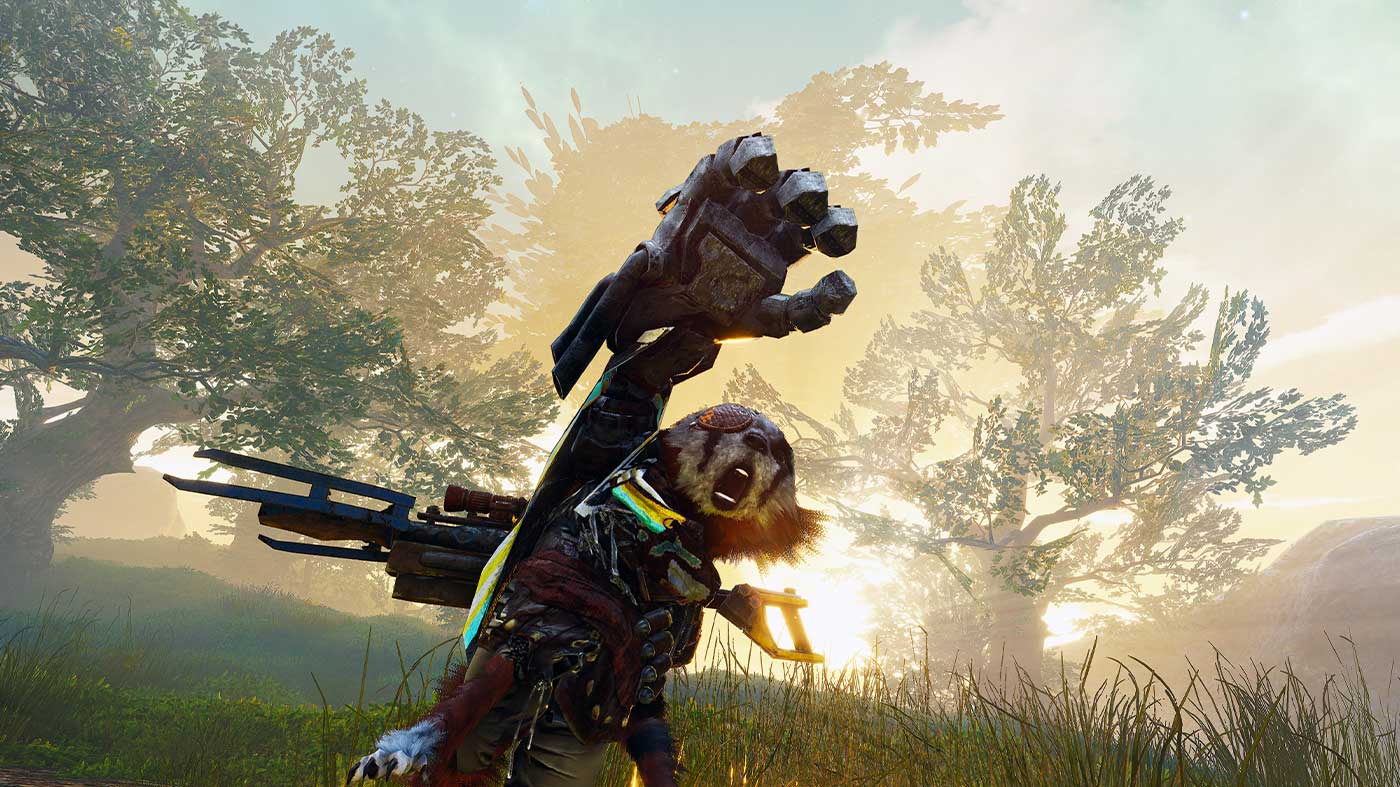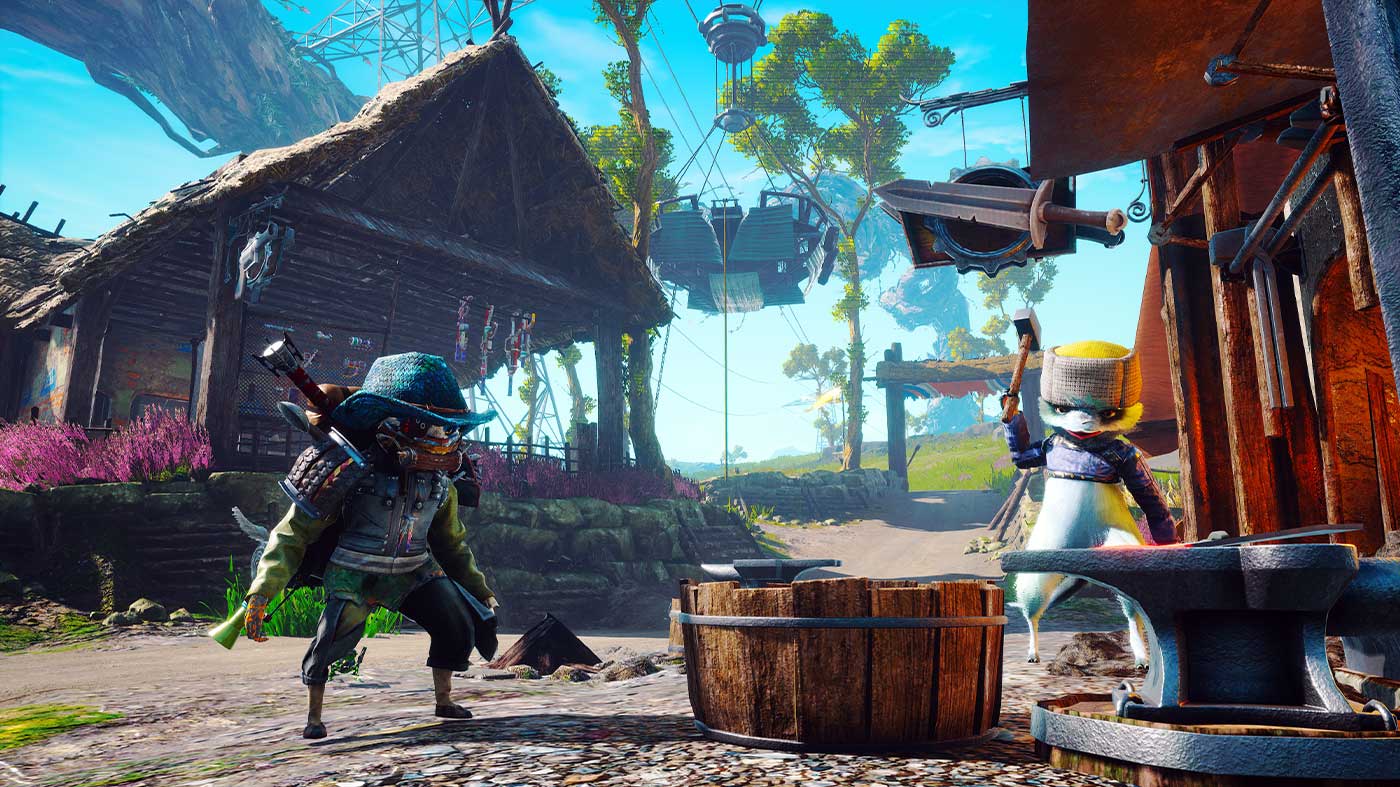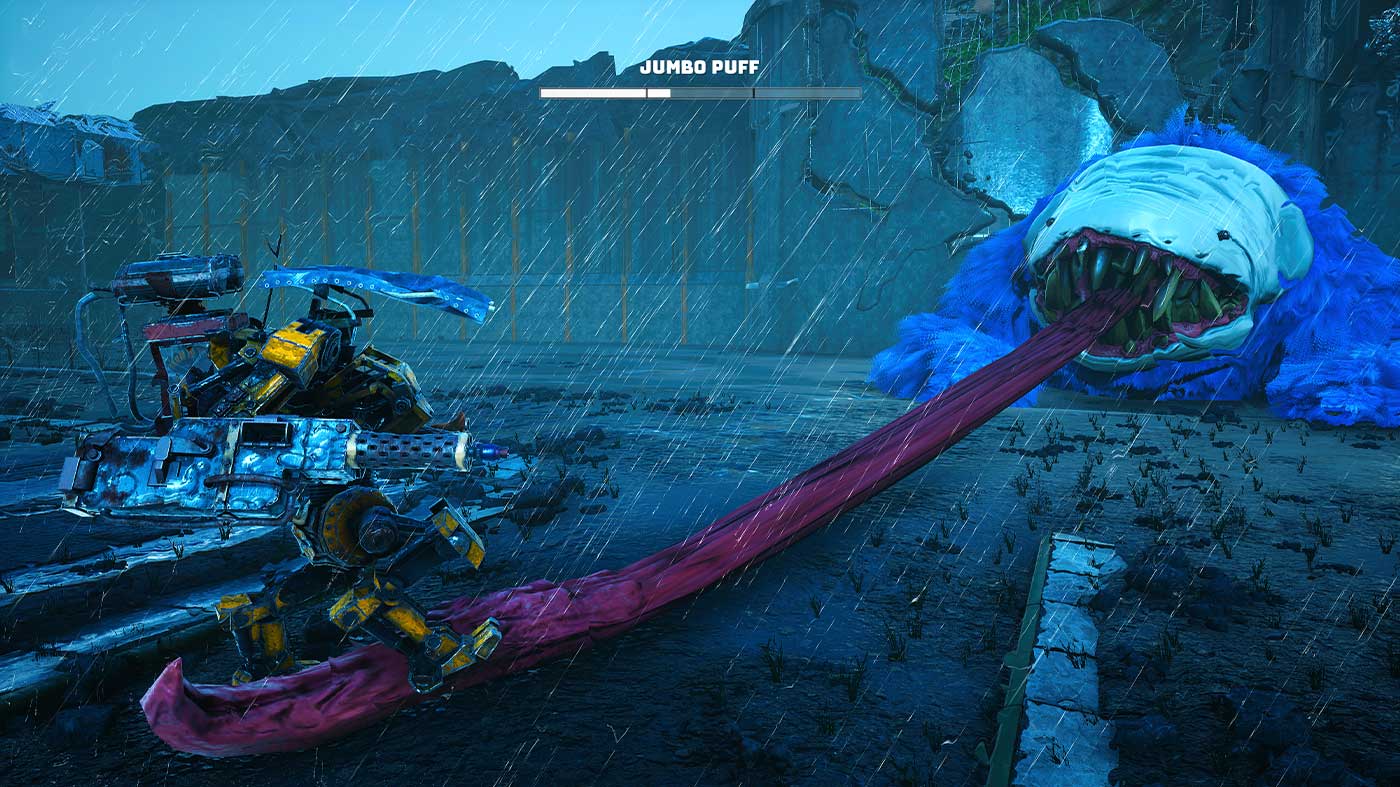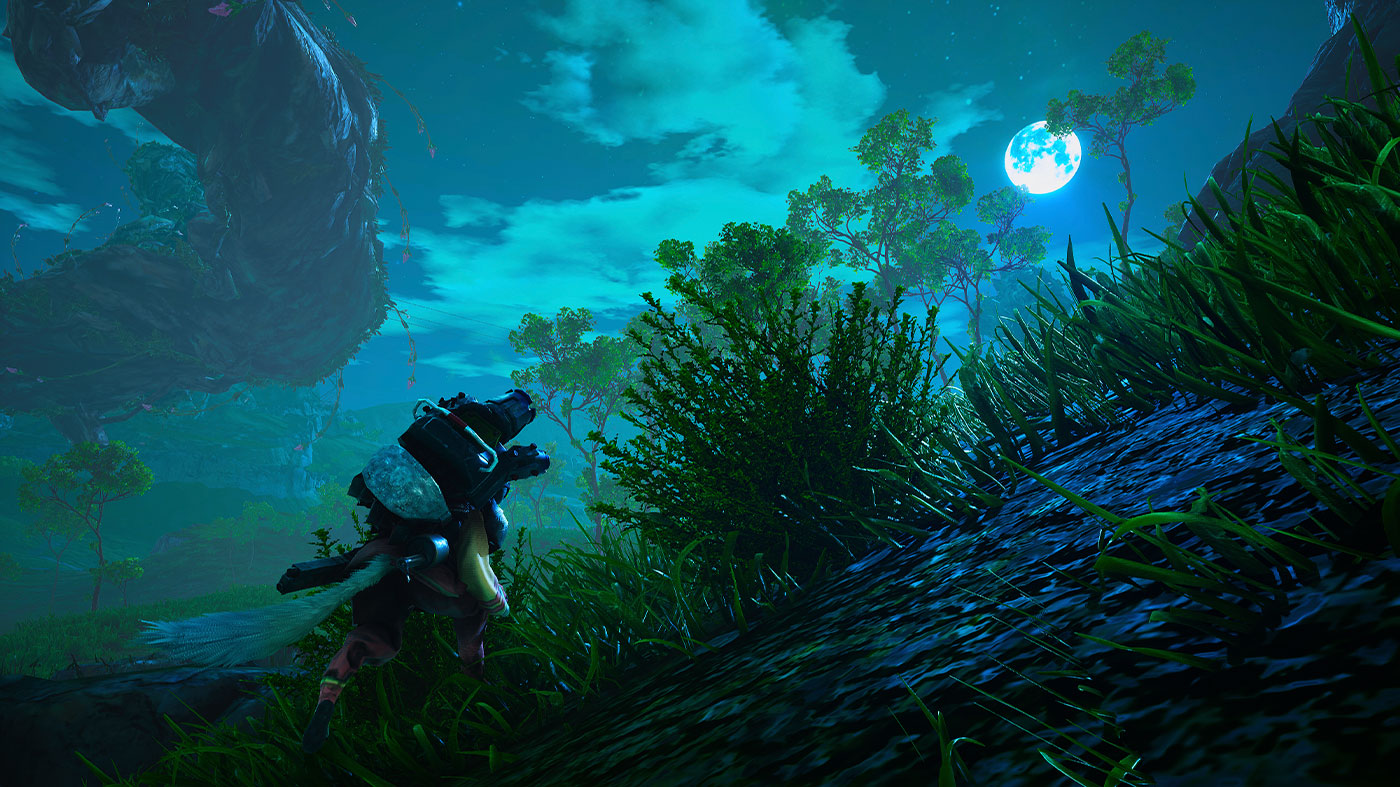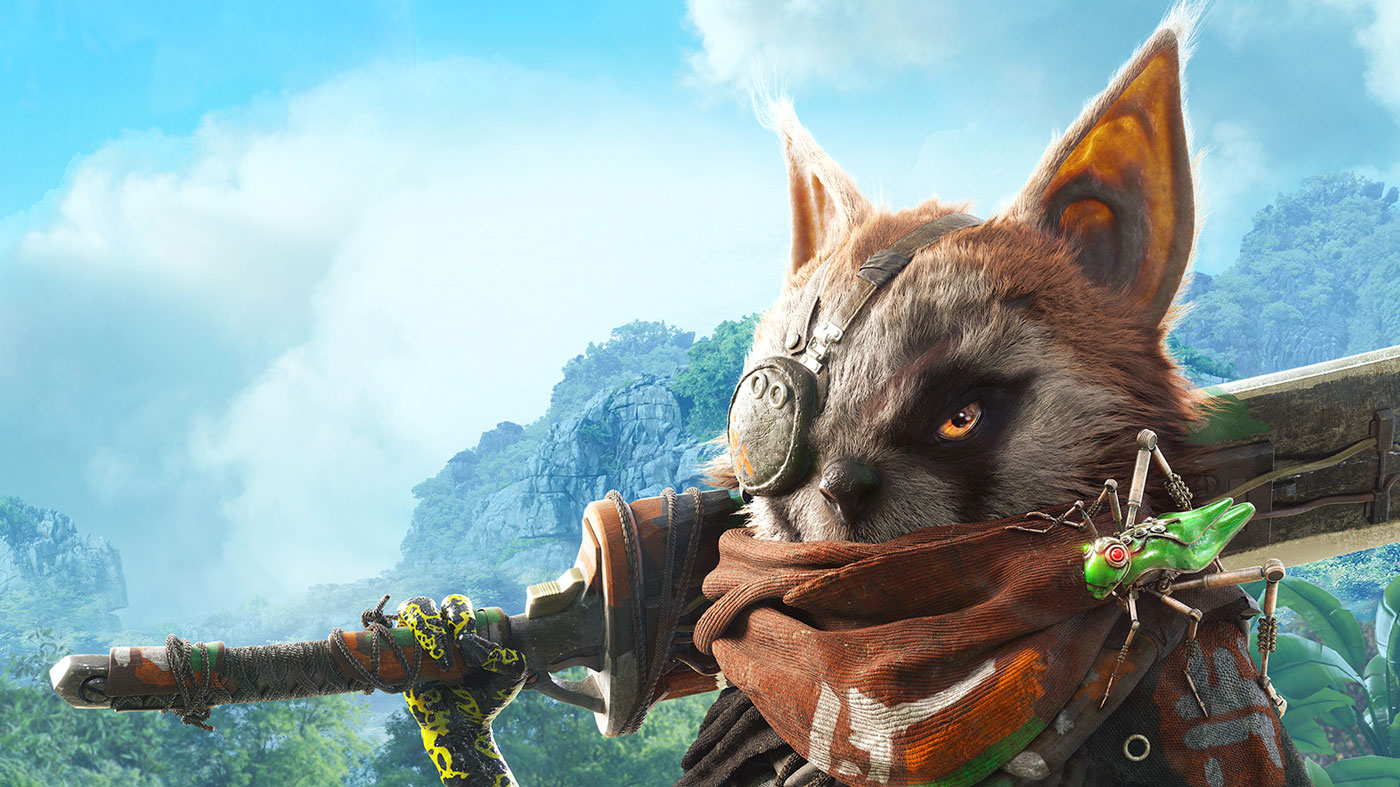There’s an episode of The Simpsons where Homer is invited to design a car for his brother to reflect a vehicle that the people want. Anyone who’s seen that episode can attest to it becoming a disaster, an over-designed hodgepodge that subtly offers a strong cautionary tale as to the perils of feature creep. Biomutant, from its initial announcement almost four years ago, had potential as a concept. But it’s, in a similar fashion to Homer’s Car, a clear reminder that simple is sometimes better. Because while Biomutant is an ambitious debut from a passionate development team, it’s trying to do too much at once and never quite finds its furry footing.
To set the scene of Biomutant is easy – the world has ended. A natural disaster has seen all kinds of strange things happen – bringing toxins to the planet’s surface to mutate and proliferate across the globe. But, unfortunately, the central life force, the Tree of Life, has also been corrupted; itslong reaching branches being gnawed at by vicious beasts. As the protagonist, you must restore the tree to its former glory while also uniting or conquering the tribes that are warring over it. It’s a simplistic story of warring nations filled with many characters, but it never goes anywhere you want it to.
This is where Biomutant makes its first misstep. The Tree of Life angle would be enough to carry the adventure with our little furry friends. But the story of the warring tribes is then thrown into the mix. With five other tribes to conquer, each with varying political ideals, it sounds like an exciting idea. But these tribes are never given enough personality to distinguish them from one another beyond their looks. Sure, some are “evil” aligned, and some are “good” aligned, but they all behave the same at the end of the day, just with different flavour text.
Even though Biomutant is an open-world RPG, it’s suffering from an identity crisis. Borrowing liberally from other games, it’s relentlessly throwing new mechanics at you. I’m all for variety in games – it’s a hill I’ll always die on for my favourite art form – but none of these mechanics are given room to develop or breathe. It’s a true jack of all trades, master of none situation, and it’s a huge shame given the concept has such high potential.
So, the structure is what you’d expect from any open-world game released in the past decade. Each region has a few distinct quest givers; some move the story forward while others are optional with new items to collect. So many of these quests feel like busywork, which again feels like a step back from where open-world games are today. But the map is intuitively designed and a subsequent joy to navigate – I rarely fast travelled and it didn’t feel any bigger than it needed to be.
When you’re not exploring, you’ll be fighting, and Biomutant has a combat system with many options. Attempting to bring together melee weapons, guns, and psychic powers, it sounds like a system that has the potential to be quite dynamic. Unfortunately, while it’s a fast-paced combat system, none of it ever feels satisfying. Every attack, every psychic power that your mutant has access to feels weightless. There’s hardly any satisfying visual feedback, no oomph to any of it, and it’s a real dealbreaker.
This issue is compounded with the fact that there’s little enemy variety. You’ll encounter a lot of different-looking enemies, but so many of them behave similarly. It got to the point where I was rolling my eyes when I’d engage a new enemy, but it would jump towards me and attempt to use the same tail whip attack as all the others I’d encountered before it. Giving so many tools to the player, even if they’re blunt, is one thing; but giving them so little to use them on is another.
But one thing I really appreciated in Biomutant was the crafting system. It doesn’t necessarily do anything revolutionary, but it allows you to visually assemble the scrap you find into a weapon that genuinely feels like your own. You can mess with different aspects here; the grip can be adjusted to give stat boosts or buffs, while different blades or blunt objects can be attached to the end to alter how it behaves in combat. It’s a well-presented system that had me keen to try out many different combinations.
The open-world itself is serviceable. If you’ve played Far Cry or a recent Assassin’s Creed game, you know what to expect here. Each location has a little checklist of what can be found within, and you can optionally ransack each one you come across. Much like Far Cry, the more prominent locations are outposts that must be cleared out to conquer opposing tribes. Of course, they never amount to anything more than destroying all enemies, but there is the odd point at which you can just persuade people to leave the outpost to you.
And that’s because Biomutant borrows a conversation system from games like Mass Effect and the more recent Assassin’s Creed games too. The choices you make in each conversation usually feeds into a morality system that determines what powers you can unlock. It’s a great idea on paper, but it feels surprisingly bare bones. Your conversations barely have any consequence, and, to put it bluntly, not having these conversations properly voiced struggles to make you care about what’s going on. Imagine if Banjo-Kazooie had a Mass Effect-style conversation system but with the narrative depth of the former. Unfortunately, that’s what Biomutant is, and it just doesn’t land where it wants to at any point.
This leads into one of my most significant issues with Biomutant, which is how it presents its characters. There’s a surprisingly large cast of characters, each of whom communicates through grunts and noises. It’s a cool idea and feels decidedly old school, but a discount David Attenborough-style narrator voices every single one. Given how much personality seems to be flowing from these characters, it feels like a bit of a cop-out to have every single one of them narrated by the same actor in the same tone for over twenty hours.
It’s not even the fact that these characters are all (but two) narrated by the same person; it’s the fact that it’s done in the same humdrum tone and in such a weird, detached way. You’ll sit there as you listen to a creature growl or grunt at you for a few seconds before hearing the narrator say, “thinks that you should do this” or something to that effect. It’s a crying shame because I can see the interesting cast of characters that the world of Biomutant has to offer. I can see their potential from their visual designs and personality quirks – but their spirit is completely betrayed by flat narration. Perhaps even the developers realised this, as you can adjust the frequency of the narrator’s comments.
Biomutant is designed from the ground up to be about player choice. You can choose which tribe to align yourself with. You can decide how you want to do battle. You can make a choice as to which characters you’ll help, which you’ll mess around, and which you’ll save if another apocalypse is coming. But for a game that hinges so much of its design on choice, it struggles to make you care about the choices you make. You can’t connect with the characters because they can’t directly speak to you. You can’t even struggle to make the hard choices because there are no real consequences to it all. It just all feels a little bit too surface-level ever to elicit a genuine response.
That being said, it’d be remiss of me not to acknowledge Biomutant’s visual presentation, which is nothing short of stellar. This is a visual feast – seeing both fur and grass sway in the wind is truly something that I’ve not seen in games for some time. Even better for a post-apocalyptic world, bright colours pop to create a lavishly bright world to explore. If there’s one aspect of Biomutant that I want to praise undoubtedly, it’s that it’s a beautiful-looking game. Playing on the new consoles especially, it runs as smooth as butter.
The same can’t be said on the audio front, however. I’ve already talked about how the narrator brings down the game’s vibe, but the soundtrack on offer for Biomutant is almost non-existent. A few tracks for ambient exploration, a booming horn-filled track for combat, and what I can only describe as a “story exposition” track filled with Chinese-inspired string instruments like the guzheng. It’s an authentically crafted soundtrack that nails the vibe the game is going for, but using the same four or so tracks across a game of this scale becomes grating quickly.
As the credits rolled on Biomutant, I couldn’t help but wonder why there was so much in the game and yet so much that was distinctly unmemorable. It’s got jet skis, horses, Titanfall-esque mechs, and even bug catching. There are psychic powers, real guns, boomerangs, and a mountable walking mechanical hand that shoots from its fingers. But none of it ever comes together in a way that makes sense, and that’s Biomutants biggest problem. It’s just trying to do too much and, in the process, lost sight of what it sets out to do.


